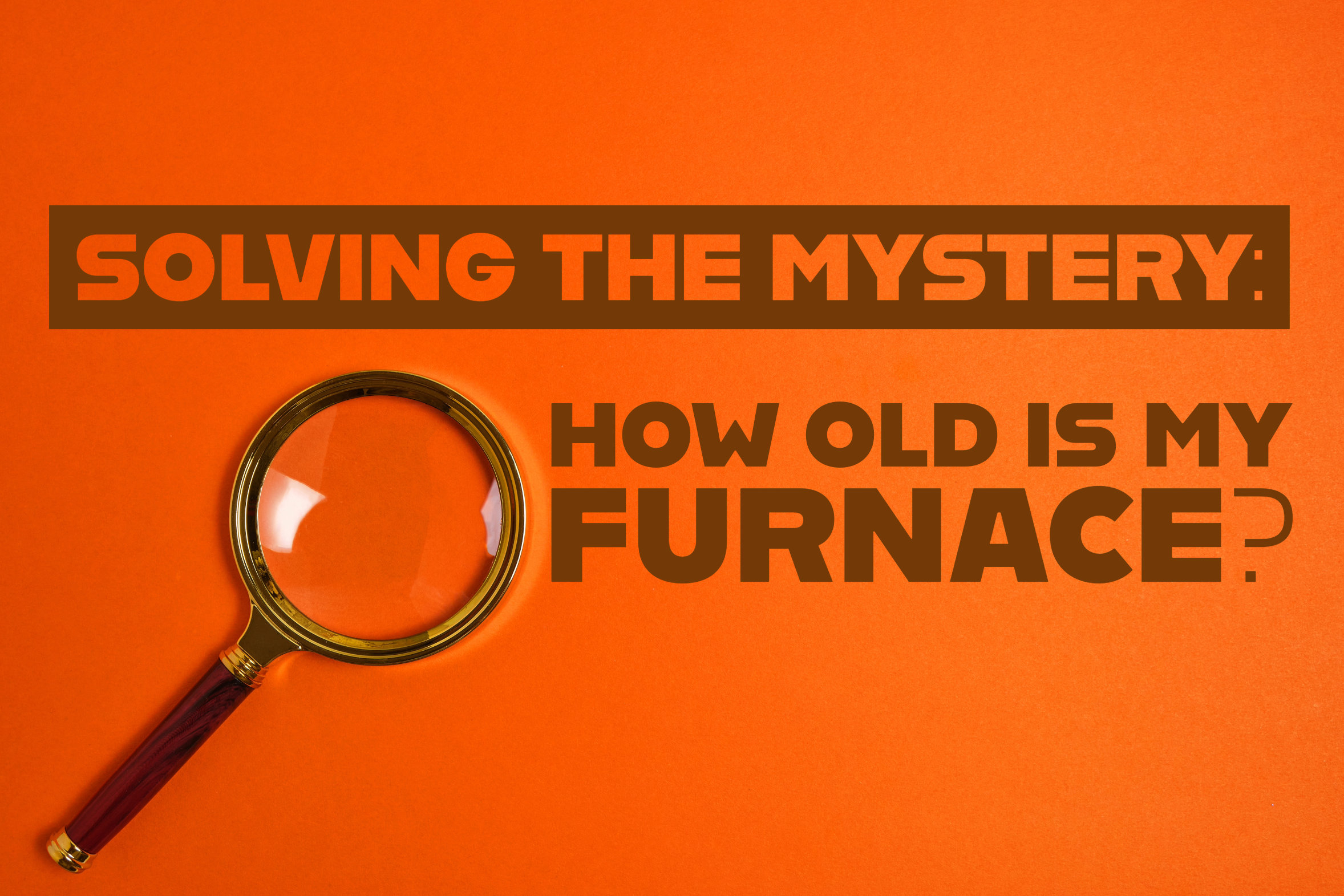Picture this: It’s the dead of winter, and your furnace is keeping your home toasty and comfortable. But suddenly, it goes out on you! You see, just like any other trusty household appliance, furnaces have a general lifespan. Whether you’ve moved into a new home or you’re tending to an older furnace, knowing its age is pretty important. Why, you ask? Keeping track of the age of your heating unit lets you take the reins on maintenance, navigate repairs, and plot a course for future replacements so you aren’t blindsided when you need your heating unit the most.
In this blog, Milford Heating & Cooling spills the beans on several tactics to unveil your furnace’s age.
Why You Need to Know Your Furnace’s Age
Understanding your furnace’s age is a game-changer for several reasons, each contributing to the overall efficiency and longevity of your heating system:
- Maintenance: Regular upkeep is the secret sauce for a safe and efficient furnace during the cold seasons. With that in mind, it’s helpful to know the age of your furnace because when you schedule your seasonal maintenance checks, it helps the HVAC technician to know the approximate age of your heating unit beforehand.
- Repairs: Knowing its age can guide you in deciding whether repairs are a wallet-friendly solution or if it’s time to say hello to a brand-new unit.
- Replacement: Most furnaces wave goodbye at around 15 to 20 years. So, if your furnace is getting up there or has already hit that milestone, it’s time to put on your planning hat to prevent any unwelcome disruptions.
- Warranty: Most furnaces come with manufacturer warranties. Knowing your unit’s age helps you check if your warranty is still valid.
Hunting for Clues in the Owner’s Manual
If you want a quick age check, look in your owner’s manual. It’s a treasure trove of information; it can give you a ballpark figure for your unit’s age. So, if you’ve held onto the manual, it’s as easy as flipping to the intro or a dedicated “Specifications” section. Should you not find the necessary information listed, refer to the next step.
Finding the Manufacturer’s Label
No manual? No problem! The manufacturer’s label on your furnace is your backup plan, typically tucked inside the cabinet or on the unit’s side. This label reveals crucial details like the model number, serial number, and manufacturing date. Keep in mind that deciphering the manufacturing date from the serial number might feel a bit like cracking a code, as different manufacturers have their own systems. Some keep it simple with “MFG Date: MM/YYYY.” If you have questions, you may have to speak to the manufacturer.
Calling The Manufacturer
If the serial number or manufacturer’s label isn’t providing you with the info you need, don’t hesitate to call the manufacturer directly. Reputable furnace makers typically have customer service teams. They’re equipped to help you determine your unit’s age based on the sequence unique identifiers they use.
Scheduling an HVAC Appointment
Last but not least, consider calling in an HVAC technician. During routine seasonal furnace check-ups, they can swiftly pinpoint the manufacturing date while offering insights into your furnace’s condition and remaining lifespan. For this reason, we believe that regular seasonal check-ups are your ticket to keeping your furnace in top-notch shape.
Wrapping It Up
Knowing your furnace’s age is your passport to a warm and comfortable home during the coldest months. After all, you wouldn’t want your furnace to bail on you when you need it the most. So, follow these steps to uncover its age and be empowered to make well-informed decisions about your heating system.
For tailored advice and top-tier heating and cooling support, don’t hesitate to reach out to Milford Heating & Cooling today at (513) 655-5112 or schedule an appointment online now by clicking here! Your comfort and warmth are our top priorities!
















